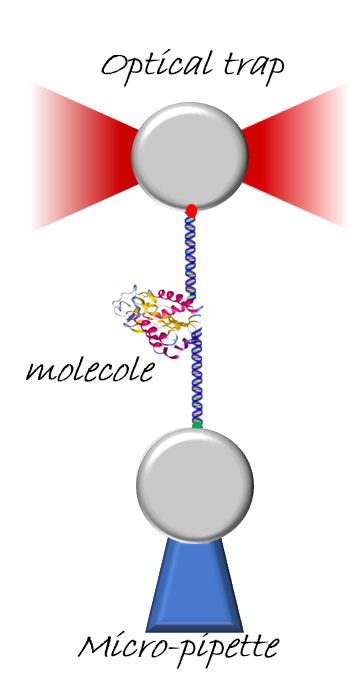 Optical tweezers (OTs) exploit highly focused laser beams to create optical traps, able to manipulate the matter at the micro- and nanoscale. OTs have been increasingly used in biophysics to investigate aspects of biomolecules which are inaccessible to bulk assay, also contributing to bridge the gap between physics and biology. With the instruments available in our laboratories, we perform force spectroscopy experiments at the single molecule level, manipulating one molecule at a time and using force as a denaturant agent. Individual molecules are tethered between micrometric spheres and actuated at will to study the desired molecular process.
Optical tweezers (OTs) exploit highly focused laser beams to create optical traps, able to manipulate the matter at the micro- and nanoscale. OTs have been increasingly used in biophysics to investigate aspects of biomolecules which are inaccessible to bulk assay, also contributing to bridge the gap between physics and biology. With the instruments available in our laboratories, we perform force spectroscopy experiments at the single molecule level, manipulating one molecule at a time and using force as a denaturant agent. Individual molecules are tethered between micrometric spheres and actuated at will to study the desired molecular process.
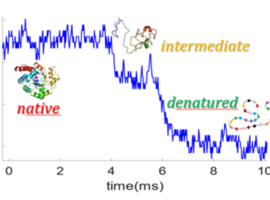
Protein folding
The mechanisms involved in protein folding strongly affect the biological function of the molecule, as well as the arising of diseases. Thus, it is important to determine all the possible ...
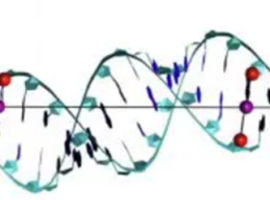
Elastic properties of DNA
Elastic properties of double-stranded DNA are investigated by pulling the molecules up to the overstretching transition, where the DNA extension is about 70% longer than its contour length in the ...
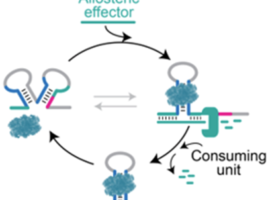
DNA-based biosensors
Thanks to their structural programmability and predictability, nucleic acids are widely employed as material building blocks to develop new artificial receptors or drug carriers. In this project, we investigate an ...
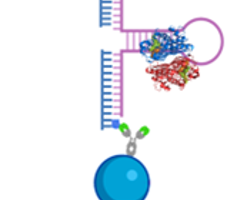
Protein-RNA interaction
RNA-binding proteins are key player in processes occurring inside cell. In this study, we use Optical Tweezers to characterize the mechanisms involved in the interaction of the protein Thymidilate Synthase ...
